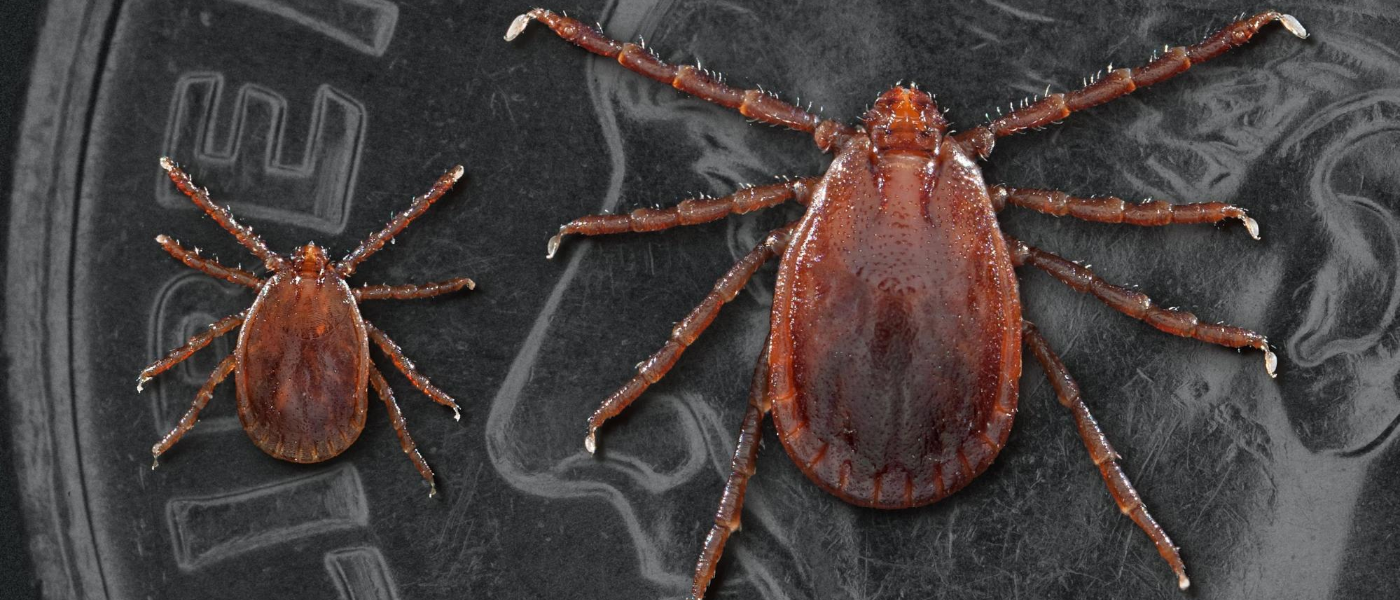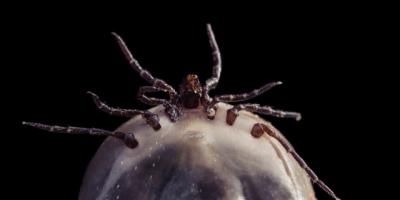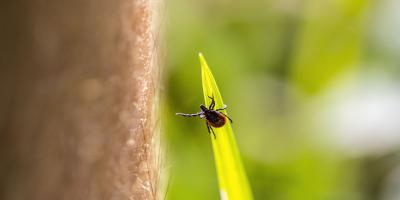The Newest Tick Threat Asian Longhorned Tick

Just in case New England residents didn’t have enough to worry about when it comes to ticks and Lyme disease, we now face a new tick threat: Introducing the Asian longhorned tick -- an invasive species that has been causing trouble abroad for a while, but has only recently arrived in the U.S. Before its arrival, the Centers for Disease Control (CDC) reports that it had rarely been seen in the Western Hemisphere at all.
Here is what you need to know about this new tick threat, along with ways to protect yourself, your pets, and your property:
Identifying the Asian Longhorned Tick
Discovered in New Hampshire for the first time last year, the Asian longhorned tick has also been seen in other New England states, including New Jersey, New York, and Connecticut as of October 2018. What’s interesting -- and reads like a sci-fi novel -- is that this tick is asexual, meaning it does not need a mate to reproduce. This has serious implications, as National Geographic explains in New exotic tick spreading throughout eastern U.S.:
Nobody is quite sure how the first Asian longhorned tick arrived in the U.S. But one key contributor to its rapid spread is the fact that females can reproduce through cloning themselves, without the need for mating, a process called ‘parthenogenesis.’
Rutgers University professor Ilia Rochlin cautions that this makes pest control more difficult, stating that, “In practice, it's impossible to eradicate this species.”
Scary news for other species, like humans and animals. According to the CDC, the Asian longhorned tick has been seen on people, animals, pets, and livestock. National Geographic reports:
The longhorned tick (Haemaphysalis longicornis) is also known as the ‘bush tick’ or the ‘cattle tick.’ As the name implies, these ticks often prefer livestock as hosts, which puts bovine, sheep, and the like at an even greater risk than humans. However, it can also prey upon wild animals such as deer.
Other countries have observed serious illnesses in people and animals following Asian longhorned tick bites. However, the CDC reports that since their 2018 appearance in the U.S., there haven’t been any harmful germs found in collected Asian longhorned ticks in this country.
Research is ongoing to determine where these ticks live to help humans avoid coming into contact with them. “Compared to mosquitos, ticks are kind of neglected,” said Rochlin. “They’re the orphan of medical entomology despite their huge public health impact.”
Take Action Against Ticks
Although ticks are tiny and often hard to spot, there are a few tips to keep in mind that will help protect both you and your pets from tick bites.
Johns Hopkins offers 5 Tips for Preventing Tick Bites and Lyme Disease, including suggestions like:
- Protecting the perimeter of your property by practicing good lawn maintenance, making sure the grass is cut low and the garden is fenced in to keep out deer.
- Enjoy hiking and other outdoor activities by staying on marked trails and avoiding overgrown grassy areas.
- Wear protective clothing when venturing outside, including long sleeves, hats, and pants tucked into shoes or socks. Also apply insect repellent, but follow the directions on the bottle carefully; most repellents are not safe for young children. Consult with your vet on the best products for your pet.
- Once home or back indoors, check yourself, your children, and your pets for ticks.
- If you do find a tick on the skin, remove it immediately using a pair of tweezers. Place the tick in a plastic bag and bring it with you to your medical practitioner so that it can be tested for Lyme.
Although these tips represent a good rule of thumb for safeguarding yourself and your pets against all tick threats, take your tick protection one step further by contacting our team to receive a free quote for our professional tick control program.



